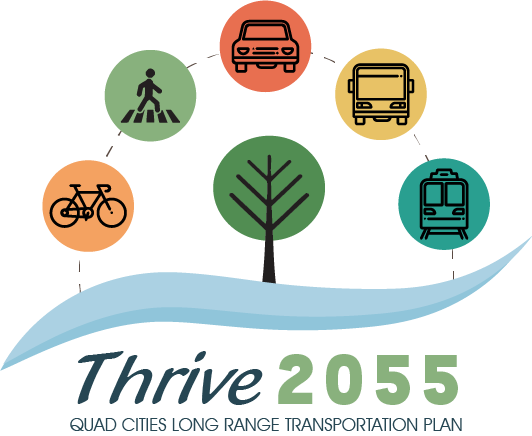 October 23, 2013 – Bi-State staff receives many questions regarding the Interstate 74 Bridge Corridor project. Here are some of the most frequent questions:
October 23, 2013 – Bi-State staff receives many questions regarding the Interstate 74 Bridge Corridor project. Here are some of the most frequent questions:
Is the bridge actually going to be constructed?
Yes,thanks to the over $85 million dollars in federal funds received through our senators and congressional representatives since the mid 1990s to conduct required studies, prepare environmental documents, develop construction plans, and purchase rights-of-way. In addition, the Iowa and Illinois Departments of Transportation have placed the projects in their respective State Transportation Improvement Programs with $170 million in the Illinois 2014-2019 program, and $176 million in the Iowa 2014-2018 Program. More money will be added as the states include additional years beyond 2018/2019 in their plans.
When will the bridge project begin?
In Fiscal Year 2018. Actual construction could start in the second half of calendar year 2017.
How much will the project cost?
The final costs are being determined for the bridge section in the years it will be constructed. In 2015 dollars, the bridge section costs are approximately $850 million.
How long will the project take to construct?
The current plans show the project being constructed in five years, but there is an effort underway to determine if this time can be reduced. Reducing the construction period would likely reduce construction costs, but there will be effects on traffic. These effects are being studied.
 How high will the bridge be?
How high will the bridge be?
The top of the arch will be 84 feet higher than the current bridge.
How long has the project been the #1 transportation priority of the Bi-State Regional Commission?
Since 1998, but an alternatives study began in 1995.
Will the project really include a trail?
Yes. The trail will be 14 feet wide with a viewing area near the center of the bridge and will connect to the riverfront trails in Moline and Bettendorf. In Bettendorf there will also be an elevator in addition to the trail connection.
What are the next steps?
• Public meetings will be held regarding the project timing and staging in 2014 • Final engineering plans will be completed in 2014
• Construction of roadways to connect to the bridge in Bettendorf will begin in
2015
• Construction of River Drive in Moline to accommodate proposed ramps is
scheduled for construction letting in 2014
• Right-of-way acquisition in Illinois and Iowa will continue
Contact Denise Bulat at


